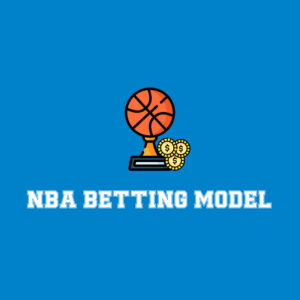
The fantasy football drafting community is reactive. Of course, it should be — you wouldn’t draft a 34-year-old running back coming off his worst season at the same place you’d have drafted him as a 24-year-old in his second season.
To wit: In his rookie season, Amon-Ra St. Brown went basically undrafted, but in PPR leagues, he finished as the WR21. So in his second season, he was drafted on average as the … WR21. He finished as the WR7. So in 2023, he was drafted as the WR7, and finished as the WR3. A year later, he was drafted as the WR3, and this time, the community was right, because he finished 2024 as the WR3 yet again.
It usually isn’t quite that simple. It’s just funny that Amon-Ra St. Brown has been drafted exactly where he finished the previous season throughout his career.
Sometimes, it’s that simple. A guy improves over a few years, his ADP improves in kind. When a guy struggles, his ADP drops. All else being equal, older guys have worse ADPs, and younger guys have better ones. You can predict it.
For the most part.
For some players — or some types of players — the drafting community is particularly bad at this, for a variety of reasons. It’s the perception/production gap. Thursday (quarterbacks and running backs) and today (wide receivers and tight ends), I’m looking at the most interesting trends in ADP and PPR finish over the last few years and what it means for drafting in 2025.
The Perception/Production Gap: WR/TE
Michael Pittman Jr., Indianapolis Colts
| 2024 | 2023 | 2022 | 2021 | 2020 | |
| Positional ADP | 18 | 33 | 13 | 43 | 59 |
| Positional Finish | 41 | 13 | 20 | 17 | 79 |

In theory, you’d expect a graph of ADP and fantasy results to zig-zag — the drafting community underrates a guy one year, he overperforms, drafters raise him the next year, he drops a bit, and the whole thing yo-yos until we reach some sort of equilibrium. Things don’t always work exactly that perfectly, but Pittman’s career kind of nails it:

Assuming the trends continue (which is silly to assume, but let’s go with it), and given his early ADP is WR48 in PPR, Pittman would be a fancy little WR2 in 2025.
Justin Jefferson, WR, Minnesota Vikings
Ja’Marr Chase, WR, Cincinnati Bengals
This isn’t really about the production part of this — unless they’ve gotten hurt, both of these guys have been solid WR1s every year. It’s just that it’s funny to look at their ADPs over the years and realize drafters have basically said “Look, give me an LSU star, I don’t care who.” Look:
| Positional ADP | 2025* | 2024 | 2023 | 2022 | 2021 | 2020 |
| Chase | 1 | 4 | 2 | 3 | 29 | |
| Jefferson | 2 | 5 | 1 | 2 | 8 | 48 |
*early ADP data
They’ve never been separated in ADP since Chase’s rookie year, when we thought a line on a football might make him a drop merchant. Drafters are just King Solomon splitting a baby out here deciding between these two.


Cooper Kupp, WR, Seattle Seahawks
| 2024 | 2023 | 2022 | 2021 | 2020 | 2019 | 2018 | 2017 | |
| Positional ADP | 17 | 7 | 1 | 18 | 15 | 20 | 36 | 50 |
| Positional Finish | 38 | 40 | 23 | 1 | 26 | 4 | 51 | 25 |
In Thursday’s piece, I mentioned in the Baker Mayfield blurb that when a player is wildly overdrafted one year and busts, drafters feel burned and underrate that guy for a while afterward, even if he eventually does what they originally expected. Cooper Kupp is the inverse of that. He had an all-time season in 2021, but injury and age has kept him from ever repeating that. The drafting community has dropped him every year, but he’s still come up short of expectations every time. Turns out all-time seasons are hard to replicate.
Jordan Addison, WR, Minnesota Vikings
| 2024 | 2023 | |
| Positional ADP | 46 | 37 |
| Positional Finish | 21 | 23 |

Addison is two years and 20 touchdowns into his career. Only Ja’Marr Chase, Mike Evans and Amon-Ra St. Brown have more touchdowns over the last two years than Addison, and they were all established veterans, not rookie/second-year players who had four different starting quarterbacks over the two years. And of course, all the other top-scoring receivers were the clear No. 1 WRs in their offenses, unlike Addison, who is clearly behind Justin Jefferson. Sure, you can’t count on elite scoring rates continuing forever, but Addison was drafted outside the WR3 range both of his seasons and returned WR2 value both times. Early ADP for 2025 says he’s inside the WR3s, but just barely, at WR32. Can he beat expectations again?
Kyle Pitts, TE, Atlanta Falcons
| 2024 | 2023 | 2022 | 2021 | |
| Positional ADP | 8 | 6 | 3 | 4 |
| Positional Finish | 15 | 13 | 33 | 6 |
The funny thing is, even in his rookie year, when Kyle Pitts finished as the TE6 and topped 1,000 yards, he was still overdrafted, because he had a TE4 ADP that year. So he’s played four years and he’s been overdrafted all four years. Seeing him behind Hunter Henry in early 2025 ADP feels wrong, especially after Falcons OC Zac Robinson hyped Pitts up a few days ago, but at some point he has to return value or there’s no point.
Dallas Goedert, TE, Philadelphia Eagles
| 2024 | 2023 | 2022 | 2021 | 2020 | 2019 | 2018 | |
| Positional ADP | 12 | 7 | 7 | 10 | 19 | 23 | 29 |
| Positional Finish | 27 | 14 | 12 | 9 | 20 | 10 | 20 |

Goedert’s injury history is well documented at this point—he’s missed at least one game every year but 2016 and multiple games in each of the last five. But that’s baked into his draft position, because peak Goedert (averaging 11.1 PPR points per game from 2020 to 2022) is worth it, a number that would have been TE6 numbers last year. But in addition to the injuries, Goedert’s production has dropped the last two years, down to just under 10.0 points per game. If you can get TE6 numbers, you’ll deal with injuries. If it’s borderline TE1, you won’t. So Goedert’s ADP — especially now that we know he’s back in Philadelphia on a renegotiated contract — won’t stay high going forward.
George Kittle, TE, San Francisco 49ers
| 2024 | 2023 | 2022 | 2021 | 2020 | 2019 | 2018 | 2017 | |
| Positional ADP | 6 | 4 | 4 | 3 | 2 | 3 | 14 | 33 |
| Positional Finish | 3 | 5 | 3 | 4 | 19 | 2 | 3 | 19 |
The drafting community hasn’t ever really gotten Kittle wrong. On the contrary, we’ve by and large nailed him, other than his injury-limited 2020 season. He’s just such an interesting entity, almost always drafted as a top-six tight end and almost always finishing as one, but never drafted first or finishing first. Kittle’s probably never going to be the overall TE1, given Travis Kelce’s presence before and Brock Bowers’ and Trey McBride’s now and given Kittle’s usage as a blocker, but he’s about as high-floor a tight end as we’ve ever seen.








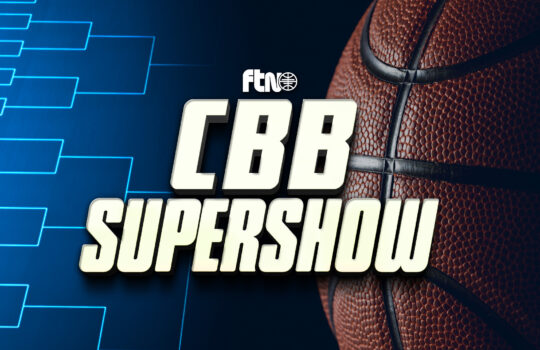




















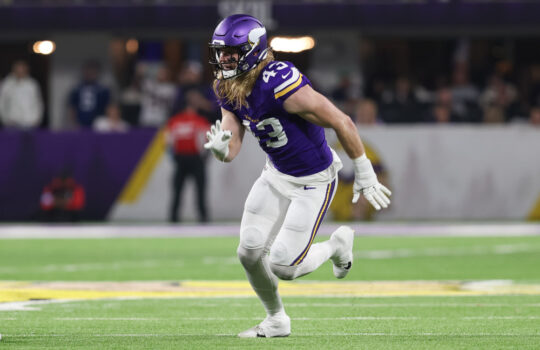



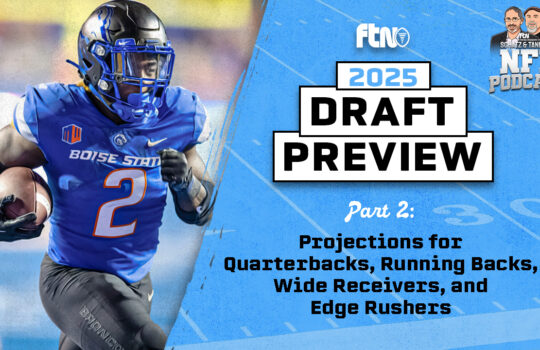

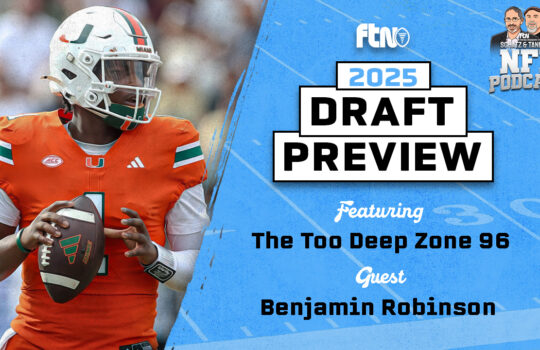
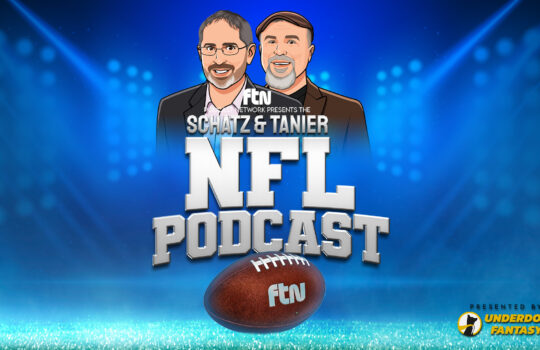













 New York Jets
New York Jets  New England Patriots
New England Patriots 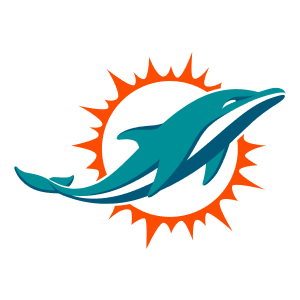 Miami Dolphins
Miami Dolphins  Buffalo Bills
Buffalo Bills  Pittsburgh Steelers
Pittsburgh Steelers  Cleveland Browns
Cleveland Browns  Cincinnati Bengals
Cincinnati Bengals  Baltimore Ravens
Baltimore Ravens 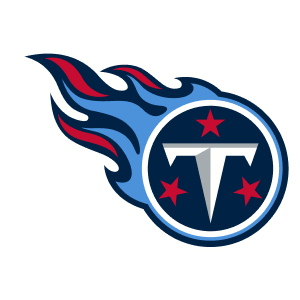 Tennessee Titans
Tennessee Titans  Jacksonville Jaguars
Jacksonville Jaguars  Indianapolis Colts
Indianapolis Colts  Houston Texans
Houston Texans  Las Vegas Raiders
Las Vegas Raiders  Los Angeles Chargers
Los Angeles Chargers  Kansas City Chiefs
Kansas City Chiefs  Denver Broncos
Denver Broncos  Washington Commanders
Washington Commanders  Philadelphia Eagles
Philadelphia Eagles  New York Giants
New York Giants  Dallas Cowboys
Dallas Cowboys  Minnesota Vikings
Minnesota Vikings  Green Bay Packers
Green Bay Packers  Detroit Lions
Detroit Lions  Chicago Bears
Chicago Bears  Tampa Bay Buccaneers
Tampa Bay Buccaneers  New Orleans Saints
New Orleans Saints  Carolina Panthers
Carolina Panthers 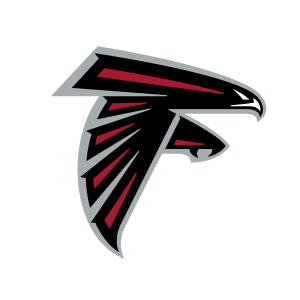 Atlanta Falcons
Atlanta Falcons  San Francisco 49ers
San Francisco 49ers  Seattle Seahawks
Seattle Seahawks  Los Angeles Rams
Los Angeles Rams  Arizona Cardinals
Arizona Cardinals 
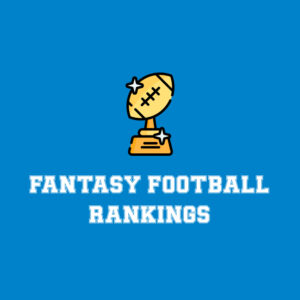
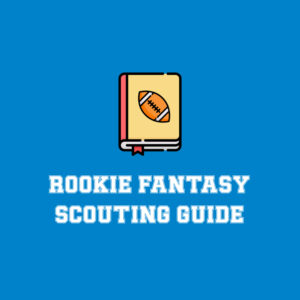






 Boston Celtics
Boston Celtics  Brooklyn Nets
Brooklyn Nets  Philadelphia 76ers
Philadelphia 76ers  New York Knicks
New York Knicks  Toronto Raptors
Toronto Raptors  Chicago Bulls
Chicago Bulls  Detroit Pistons
Detroit Pistons  Milwaukee Bucks
Milwaukee Bucks  Cleveland Cavaliers
Cleveland Cavaliers  Indiana Pacers
Indiana Pacers  Orlando Magic
Orlando Magic 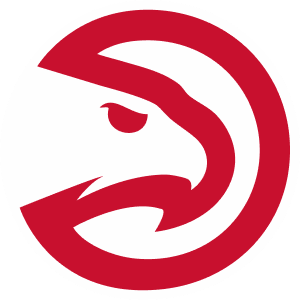 Atlanta Hawks
Atlanta Hawks  Charlotte Hornets
Charlotte Hornets  Miami Heat
Miami Heat  Washington Wizards
Washington Wizards  Denver Nuggets
Denver Nuggets  Minnesota Timberwolves
Minnesota Timberwolves  Oklahoma City Thunder
Oklahoma City Thunder  Portland Trail Blazers
Portland Trail Blazers  Utah Jazz
Utah Jazz  LA Clippers
LA Clippers  Golden State Warriors
Golden State Warriors  Los Angeles Lakers
Los Angeles Lakers  Phoenix Suns
Phoenix Suns  Sacramento Kings
Sacramento Kings  Dallas Mavericks
Dallas Mavericks  Houston Rockets
Houston Rockets  Memphis Grizzlies
Memphis Grizzlies  New Orleans Pelicans
New Orleans Pelicans  San Antonio Spurs
San Antonio Spurs 
